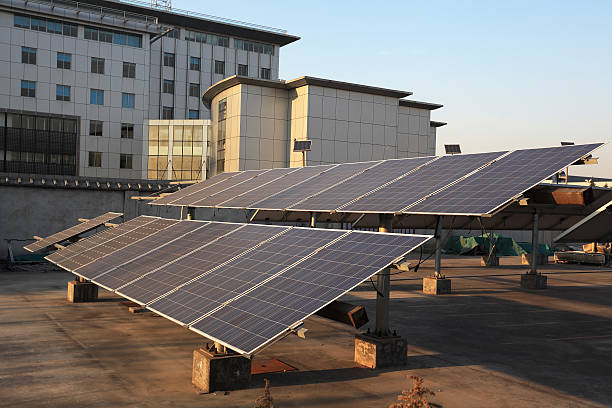Pushing the Pedal on Hydrogen Fuel Cell Vehicles: A New Era in Automotive Technology
The automobile industry is often synonymous with innovation, continually pushing boundaries and exploring new realms of possibilities. One such avenue that is gaining momentum is the development and implementation of hydrogen fuel cell vehicles. This technology offers a promising alternative to traditional internal combustion engines and has the potential to revolutionize the way we drive. But what are the implications of this shift, and how does it work?
A Journey Through Time: The Evolution of Hydrogen Fuel Cell Vehicles
The concept of hydrogen fuel cell vehicles is not new. The idea dates back to the 19th century, when British scientist Sir William Grove first discovered the principles of fuel cell technology. However, it was only after the energy crisis in the 1970s that serious attention was given to hydrogen as a viable source of fuel, leading to the development of the first hydrogen-powered vehicles.
Through the years, technological advancements have significantly improved the efficiency and feasibility of hydrogen fuel cell vehicles. Today, they stand as a testament to the industry’s relentless pursuit of innovation, carrying the torch for a cleaner, more sustainable future.
A Glimpse Into Today: The Current State of Hydrogen Fuel Cell Vehicles
Today, hydrogen fuel cell technology has become a viable option for vehicle propulsion. Several automobile manufacturers, including Toyota, Honda, and Hyundai, have released production models powered by hydrogen fuel cells. These vehicles offer competitive performance, similar to their gasoline counterparts, while emitting only water vapor, thus contributing to a cleaner environment.
However, widespread adoption of hydrogen fuel cell vehicles faces several challenges. These include the lack of hydrogen refueling infrastructure, high vehicle costs due to the expensive fuel cell components, and the energy-intensive process of hydrogen production.
Breaking Down the Mechanics: How do Hydrogen Fuel Cell Vehicles Work?
Hydrogen fuel cell vehicles operate on a simple principle: they convert chemical energy into electrical energy. This is achieved through a chemical reaction between hydrogen (stored in high-pressure tanks within the vehicle) and oxygen (from the air). The electricity generated in this process powers the vehicle’s electric motor, while the only byproduct is water vapor, making these vehicles remarkably eco-friendly.
The Road Ahead: The Future of Hydrogen Fuel Cell Vehicles
Experts predict a promising future for hydrogen fuel cell vehicles. As technological advancements continue to reduce production costs and increase efficiency, these vehicles are expected to become more affordable and mainstream. Moreover, efforts are underway to develop renewable methods of hydrogen production and expand the hydrogen refueling infrastructure.
In Summary: The Impact, Benefits, and Challenges of Hydrogen Fuel Cell Vehicles
Hydrogen fuel cell vehicles represent a significant shift in the automobile industry, offering a clean and efficient alternative to traditional internal combustion engines. These vehicles have the potential to significantly reduce greenhouse gas emissions, contribute to energy security, and foster a more sustainable future.
However, the road to widespread adoption is paved with challenges, such as infrastructure development and cost reduction. Despite these hurdles, the industry’s commitment to innovation and sustainability fuels optimism for the future of hydrogen fuel cell vehicles.
As we continue to explore and push the boundaries of automotive technology, it is clear that hydrogen fuel cell vehicles play a crucial role in this journey. They embody the industry’s relentless pursuit of progress, signaling a new era in automotive technology that is cleaner, smarter, and more sustainable.






